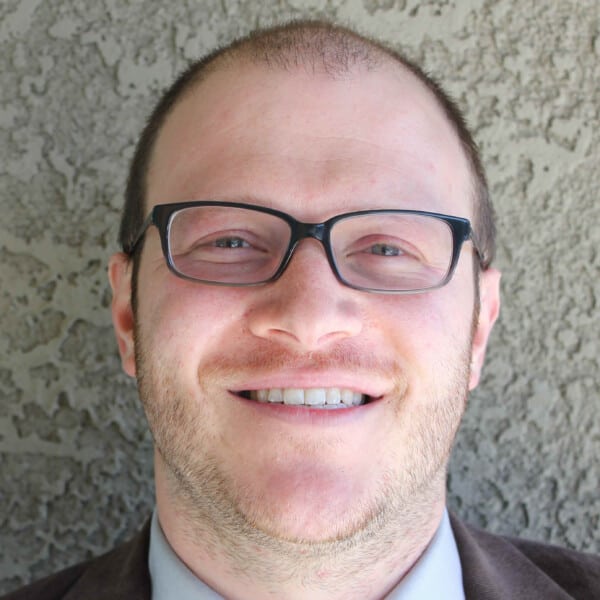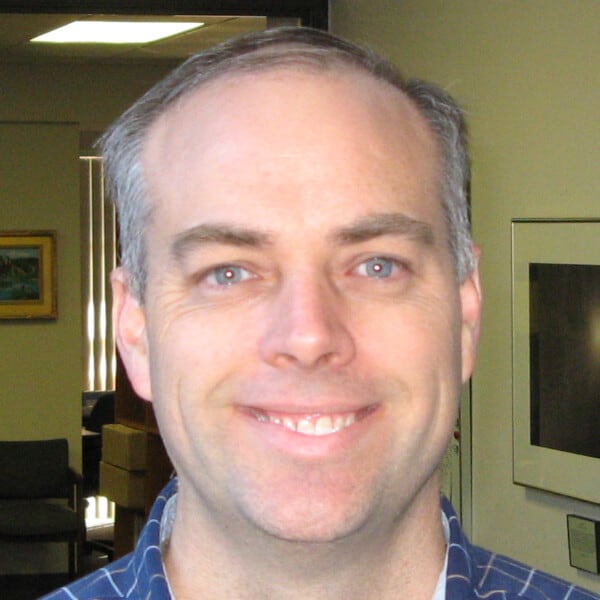Project Description
Dr. Stephen Schwartz (PI) will be responsible for developing, executing, and streamlining the handoff procedure from hydrocode to discrete element method n-body contact models to ejecta evolution models, coordinating collaborations, and authoring peer-reviewed publications summarizing the results of the study.
An end-to-end numerical simulation of the DART kinetic impact will entail the use of at least two markedly different integration techniques. The initial stage—the moments just after impact—is in a high-speed/high-energy regime, where accurate material responses to shocks and shockwave propagation are important. These responses include important factors such as heating, inelastic crushing, propagation speed and attenuation, and potentially state changes (e.g., vaporization, liquification). An accurate modeling of these responses is essential to integrating the initial stages of the impact and requires specialized coding. At later stages of the ejecta production process—and this applies especially to the anticipated regime of Dimorphos—the simulation regime will have shifted profoundly to one dominated by low-speed/low-energy granular dynamics, where an accurate treatment of long-lasting contacts and frictional forces is required (as well as other nongravitational forces including solar radiation pressure for ejecta evolution).
Bridging the model from one integration technique to another typically requires going from some manner of continuum code to a very different, discrete n-body code featuring very different integrators and different physics. Pinpointing the optimal point in transient crater formation during which to handoff from one code to another is included as a goal of this project. This is anticipated to occur during the important stage of power-law crater growth, and during a region within this stage where the use of either type of integration technique is appropriate. One important measure of validation will be to exploit this overlapping regime to test the accuracy and legitimacy of our handoff technique by applying it at different points in time throughout this overlapping regime when both codes are valid. We will compare results of simulations where we perform our handoff technique at earlier times to results where the handoff is applied at later times to check for consistency.
In Year 1, the PI will develop a working handoff routine to compute the resulting late-stage granular behavior—including crater formation and ejecta production—directly from outputs of hydrocode integrations of the DART impact into Dimorphos. With the aid of collaborators including Collaborator Stickle and one UA Undergraduate Student, the PI will collect and use output from a set of impact hydrocodes and port results as initial conditions into the n-body contact code.
In Year 2, the handoff routine will be in use, computing granular dynamics outcomes from hydrocode simulations chosen by the PI, Collaborator Stickle, and the DART Impact Working Group. We will expand the functionality of the routine and compare our ejecta results to ejecta evolution models initiated with scaling relationships.
In Year 3, we will continue to explore applications of our routine to all compatible and relevant hydrocodes, compare our results of final crater formation and shape, and prepare a publication reporting the handoff routine and its application to DART modeling efforts and to the process of low-speed crater formation. The PI will be responsible for archiving a reduced catalog of relevant simulation outcomes along with all coding and associated numerical scripts associated with this project (see Data Management Plan).





